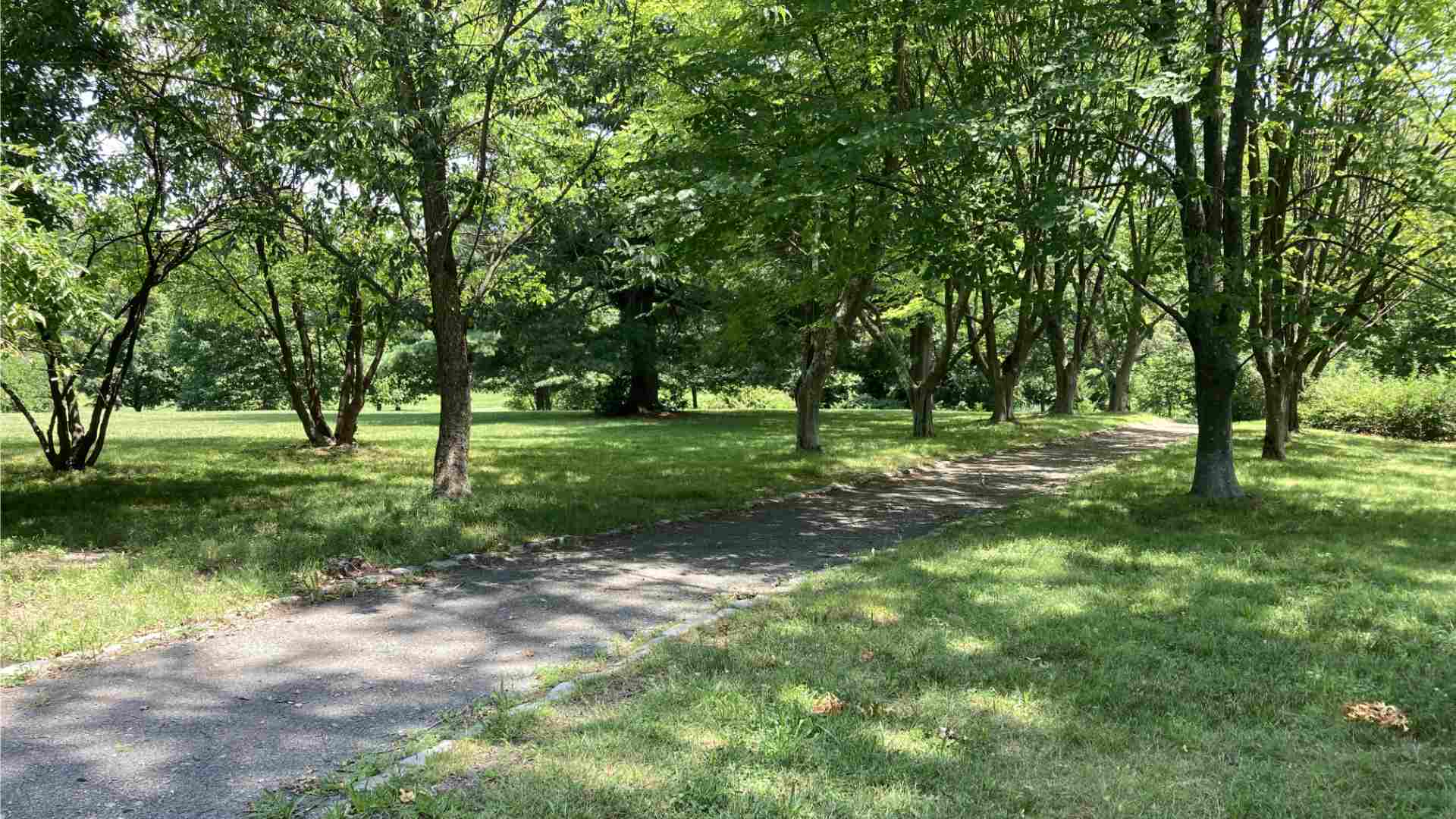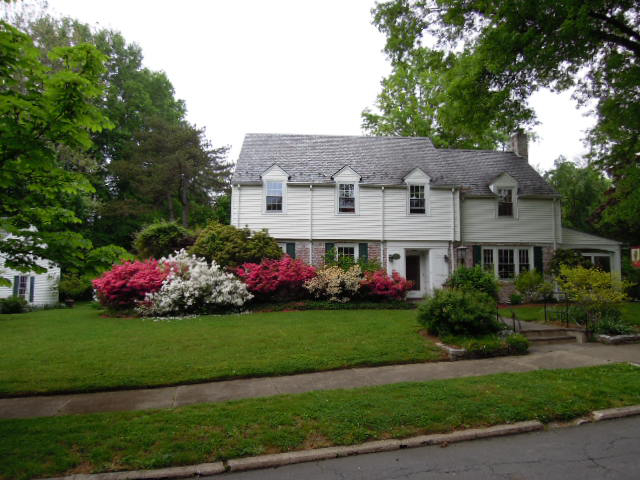
About Us
The opening of Cadwalader Park in 1901 pushed housing to the western fringes of the city. Once it became known that Frederick Law Olmstead, the architect of New York’s Central Park, had agreed to design an urban park in Trenton, developers started drawing up housing plans to trade on the new park’s popularity.
In 1891, the westerly line of the city was still at Overbrook Avenue. State Street was altered and widened to 100 feet through the Cadwalader and Atterbury Estates that year, and in 1900 a part of Ewing Township was annexed to the city, including both estates.
The Cadwalader estate dates back to 1776, when Lambert Cadwalader purchased the property at a sheriff’s sale. His lands extended from the Delaware river to Scotch Road and from Overbrook Avenue to Dean Avenue, for a total of 248 acres.
An 80-acre portion of the estate had passed to Henry Farlee, who lived in Ellarslie, by the time Edmund C. Hill convinced the city to acquire the land for a park in 1888. Later that year, the city bought an 8 acre strip of land from the Cadwalader family. Three years later, an additional 7 acres adjoining the park’s eastern boundary and running along the west side of Parkside Avenue from Stuyvesant Avenue to the canal feeder was acquired. Later, the city also bought from the state a 15 acre parcel facing Stuyvesant and adjoining the park.
Stuyvesant Avenue was created by city ordinance on September 1, 1885. It was extended past Parkside Avenue by an ordinance passed on February 10, 1889. In 1885, Stuyvesant was still a country road, and Hillcrest Avenue was only a lane running from the Farlee farm to the railroad station. All the rest was fields.
But with the extension of Stuyvesant, the Hillcrest area expansion began. Added impetus came from the furthering of the trolley line from State Street up to Prospect Street and out Stuyvesant, a path still traveled by city buses.
Cadwalader Place, a 75 acre tract from Overbrook to Parkside Avenue, between the river and the feeder, was purchased by Hill in 1891 and laid out for him by Olmstead. It was the first prestige development associated with the park.
Once the park land on the Stuyvesant side was acquired, houses were also built there. The surrounding of the park went full circle in 1925, when Hiltonia opened with a big ad campaign touting it as “the” place to live.

The Name Behind Hiltonia
According to Karl G. Hastedt, a Hiltonia resident who moved to Hiltonia in 1950 and a staff member at the Trenton Times, Hiltonia was named for and developed by Samuel Hilton. Hilton acquired the tract, which extended from the western edge of Cadwalader Park to the Trenton State Hospital (now Trenton Psychiatric Hospital) in 1923.
Samuel Hilton came to Trenton in 1900 at the age of 18 from Staffordshire, England. He worked here for two years, then went to St. Louis and worked for three years on the Pan American Exposition. When he returned, he became a contractor and speculative builder, and for the next 30 years developed many tracts and erected more than 700 buildings.
Hilton laid out the entire tract for Hiltonia, named the streets, and put down sidewalks and curbing throughout. The first homes erected were largely on Cadwalader Drive and Buckingham Avenue. The other streets were sparsely settled for several years.
The Great Depression, beginning in 1929, hit the Hilton Realty Company hard. Construction of new homes by Hilton and other contractors slowed considerably during the 1930’s, despite the relatively low cost of building at the time. Undeveloped home sites were acquired by the City of Trenton for non-payment of taxes, and in 1945, at the end of World War II, the City Commission began accepting bids from individuals and developers for the purchase of some 65 of the lots. By 1950, most of these lots had been sold and construction of new homes went forward at a rapid pace.
Interest had revived in Hiltonia, as many young families, turned off by inflated prices and poor construction of suburban housing, found far greater value in the well-built and roomy Hiltonia homes, along with the long-established city service provided by Trenton.
Samuel Hilton died on September 30, 1952 at his home on Lower Ferry Road in Ewing Townshop at the age of 68. He is buried in the Ewing Covenant Church cemetery.
